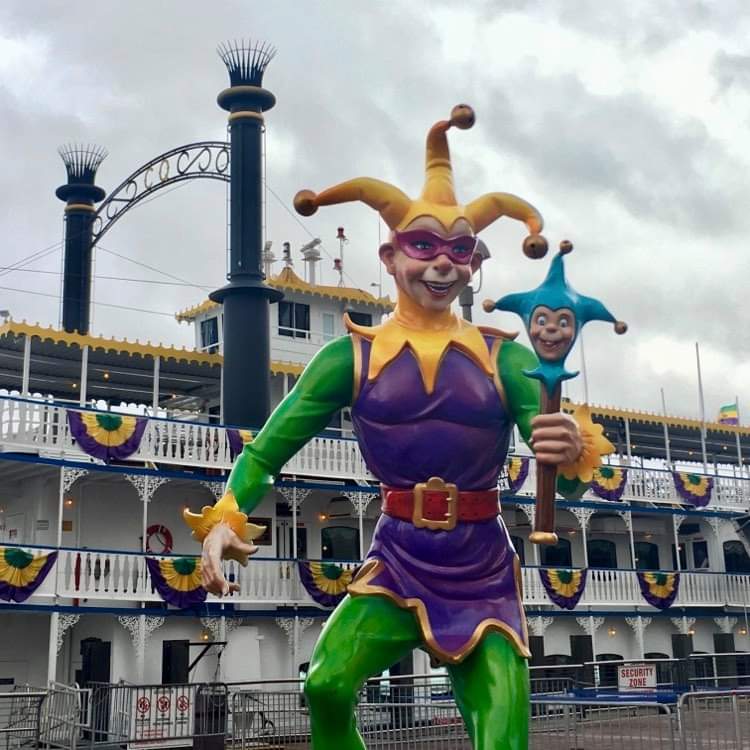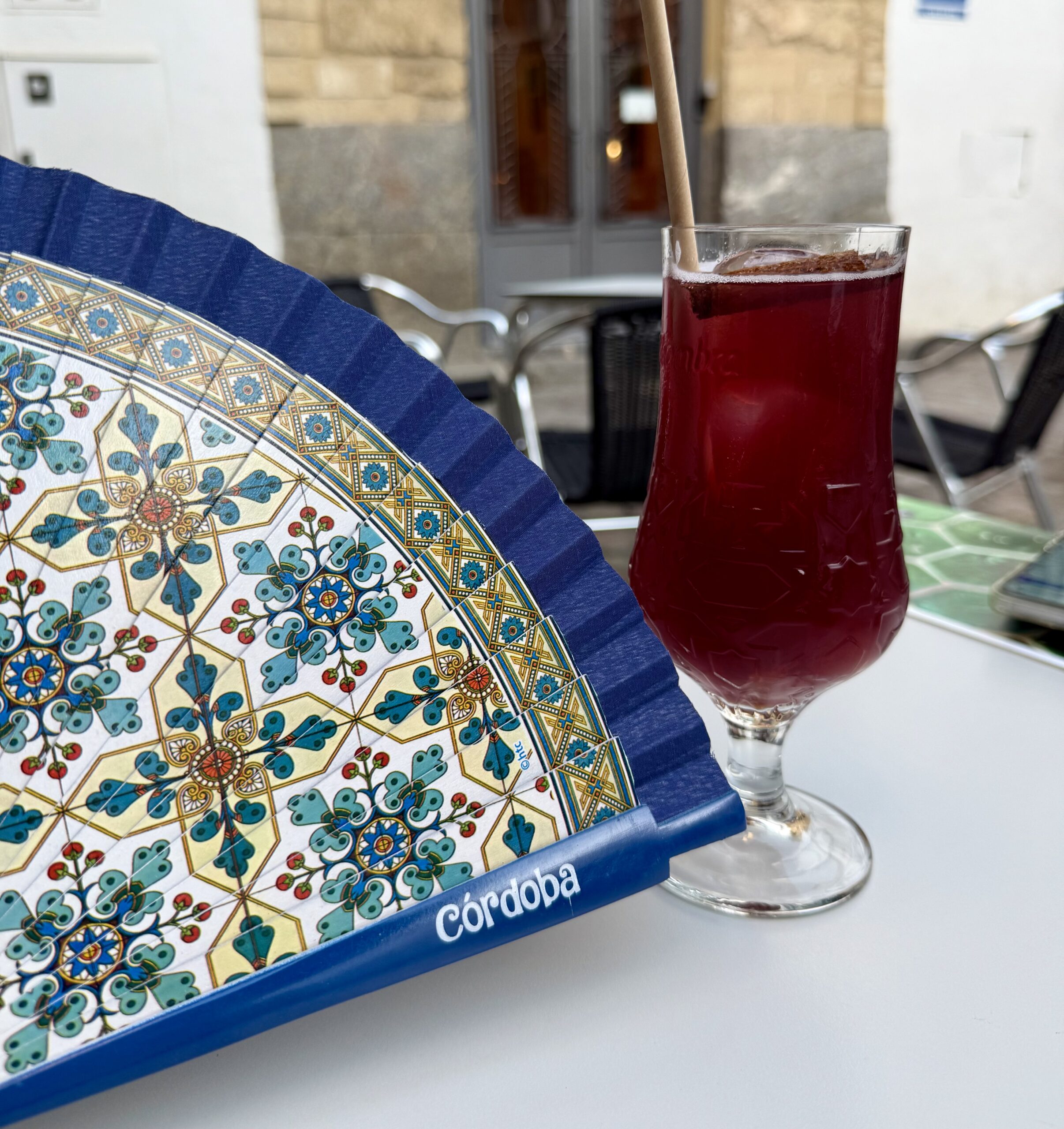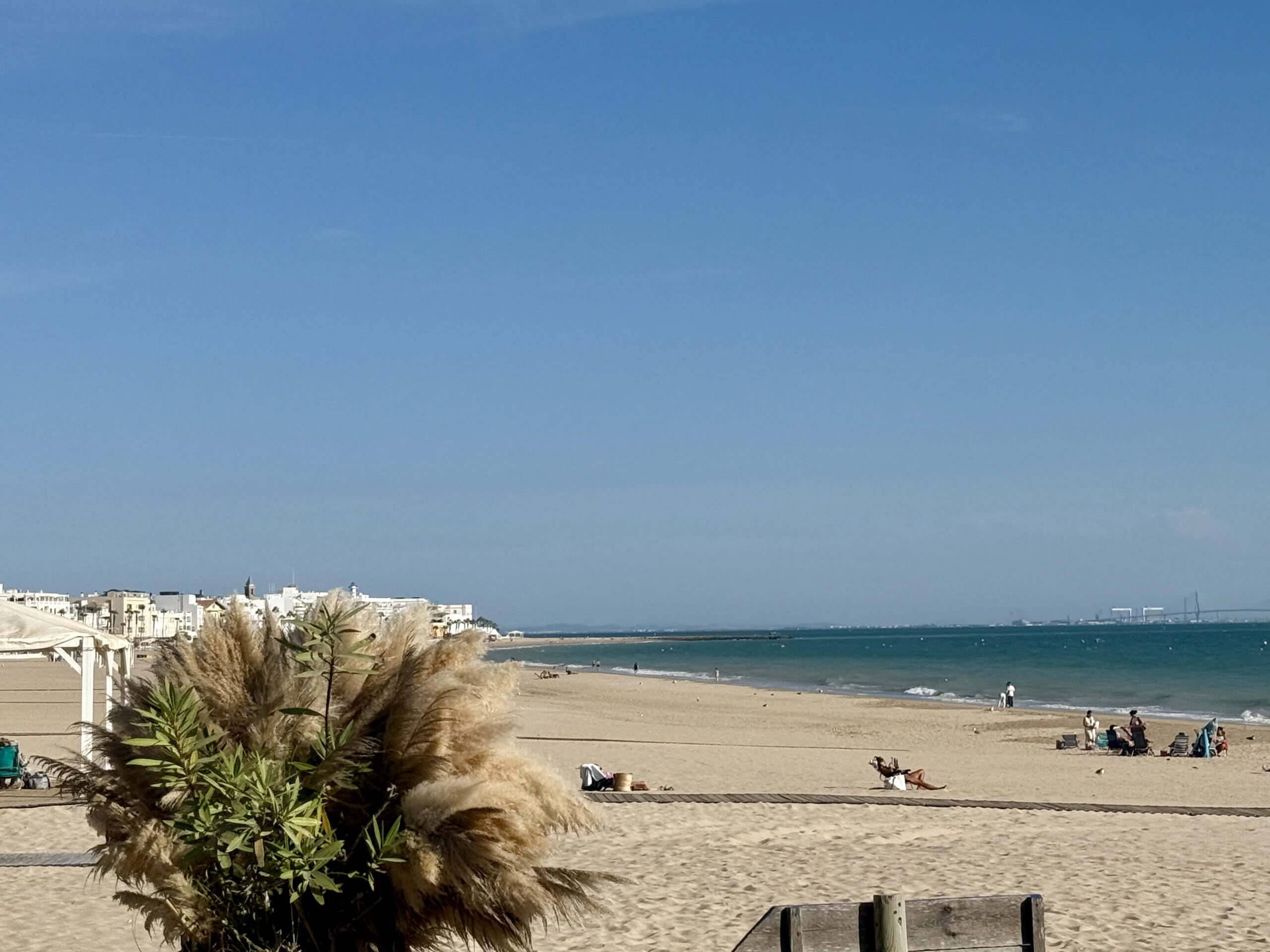
Tardi Gras 2021
February 18, 2021
Photo Credit – Carol Madigan
This year the streets of New Orleans on Mardi Gras day looked like scenes from an episode of Life Without People. While, personally, it would have been “the best Mardi Gras ever” to be able to walk the streets completely empty of Fat Tuesday drunks, I have mixed emotions over this carnival season. New Orleans is my home town, and what I admire most about it is that the city embraces some of the vilest expressions of human behavior, yet transforming those behaviors into something quirky and fun while temporarily suspending one’s sense of moral disgust.
I’ve always been happy and proud to be from New Orleans, but ever thankful I don’t still live there. Once the Queen City of the South, it has cheerfully allowed itself to be overtaken by sister cities like Houston and Atlanta without so much as an embarrassed, downcast glance. It has somehow managed to construct a tourist mecca out of a dumpster fire of corruption, violence, racism and crushing poverty, and do it with a grifter’s smirk all the way to the bank.
And just maybe, instead of The City That Care Forgot, New Orleans may be The City That Soldiers On with all sorts of odds against it, remaining resplendent in cheap beads, trinkets, holding a “go cup” and looking desperately for a secluded place to pee in public.
Yet, New Orleanians continue to rise above their station, even as the city sinks farther below sea level. Pan the crowd at a packed Superdome when the Saints are at home, and you have a pretty accurate cross section of the true heart and soul of New Orleans. It also explains why, after New York City, it remains my second favorite city to visit in the United States. (As a side note, New Orleans is where Carolyn had wanted to take me for my 65th birthday, and it’s also where Carol had taken Mike for his.)
Situated as the bullseye for all Gulf-spawned major hurricanes, New Orleans is the Rocky of going the distance with these storms and surviving with a resilience and determination that suggests an almost oblivious sense of reality. Days after Katrina, I managed a call to an uncle who lives on the West Bank of New Orleans. Surrounded by destruction, death and still receding floodwaters, he was calmly cooking up a shrimp dinner when he picked up the phone.
It doesn’t surprise me that the city found a way to celebrate a parade and crowds-free carnival with its self-proclaimed “Yardi Gras,” with many residents decorating their homes and yards as if they were Mardi Gras floats. This year would have been one of the coldest Fat Tuesdays on record, so there is the thinnest of silver linings there.
And just maybe, instead of The City That Care Forgot, New Orleans may be The City That Soldiers On with all sorts of odds against it, remaining resplendent in cheap beads, trinkets, holding a “go cup” and looking desperately for a secluded place to pee in public.
For me, seeing the streets of the French Quarter filled next year with drunken partyers and bursting bladders (that I happily won’t have to deal with in person) will be only slightly less satisfying than seeing my city showing the world it’s okay to go a little crazy again.



Be the first to comment